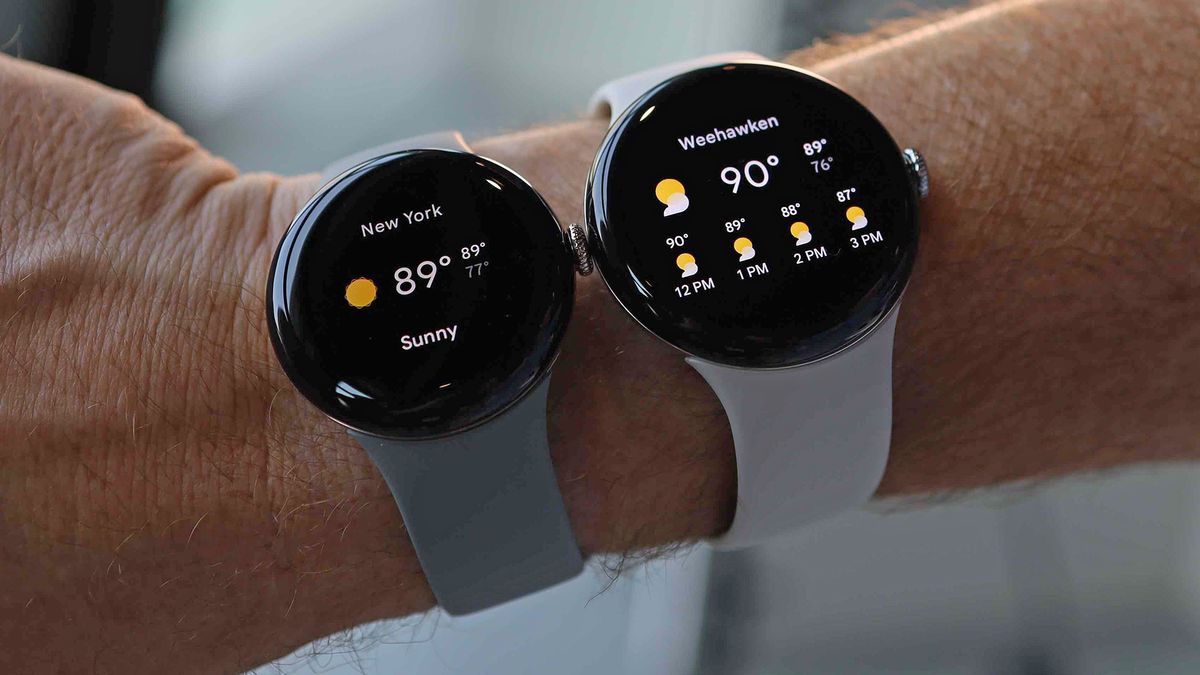
Google Pixel Watch 3's Loss of Pulse Detection could save your life – here's how the company created it
- 21.03.2025 11:02
- techradar.com
- Keywords: Cardiac arrest, Heart stoppage
Google's Pixel Watch 3 uses photoplethysmography and accelerometer data for Loss of Pulse Detection, alerting emergency services during cardiac arrest to save lives. The feature minimizes false positives and is available in the U.S. and several European countries.